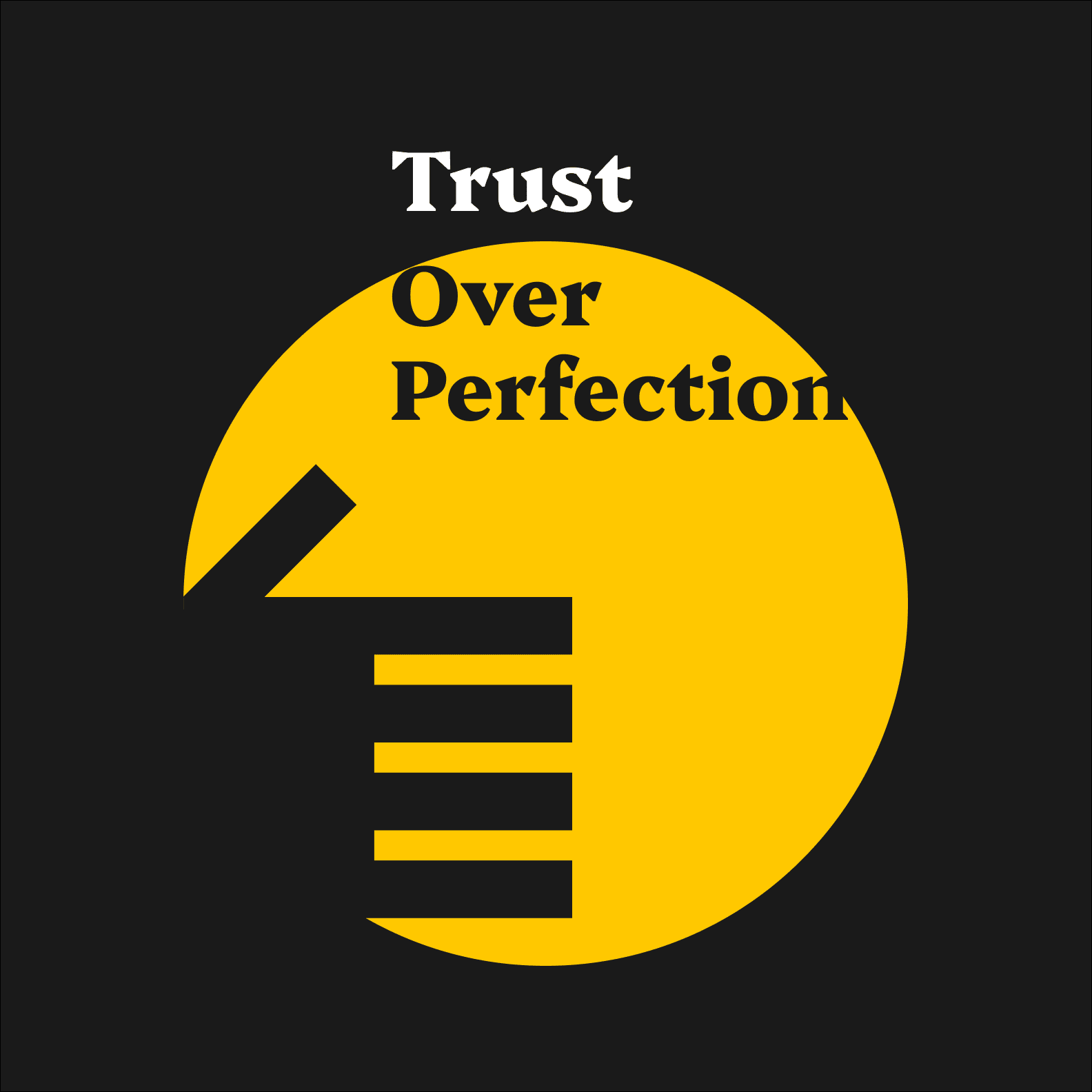Author: BALM
-
Balkan Alliance for Local Media launches, issues Call for Change
Balkan Alliance for Local Media launches, issues Call for Change
November 13, 2025 – A unique regional network, the Balkan Alliance for Local Media (BALM), launched today. At the moment, BALM unites 27 independent local, community, and minority media outlets from Kosovo, Bosnia and Herzegovina, and Serbia.
The launch marks a significant milestone for journalism in the region, reflecting a growing movement to strengthen collaboration among small but vital newsrooms that serve diverse communities and languages.
At the heart of today’s announcement is a policy appeal, “Call for Change”, which urges international funders, media development organizations, wider civil society, and local and EU policymakers to rethink how media support is designed and delivered in the Balkans.
This appeal reflects lessons learned from years of fragmented project-based support and a growing consensus that true sustainability requires trust, stability, and shared responsibility between funders and media actors.
The Call for Change backs practical shifts: multi-year core support that covers people and basic costs so small newsrooms can plan and develop; lighter administrative procedures sized to their capacity; fast emergency funds when journalists face threats; and real safety support, from legal help (including SLAPPs) to digital security and mental health assistance. It also calls for dedicated support for local, community, and minority-language media, with realistic eligibility and small starter grants, and for funding that supports everyday reporting and beats – not only one-off projects.
Equally important is how support is designed: we ask for a participatory approach between funders and media that sets priorities together, reviews progress together, and adjusts as stories evolve. Finally, the Call backs resilient, diversified, and realistic revenue options that fit small or segmented markets, without ever compromising editorial independence.
Why this matters now: Local outlets in divided and overlooked places across the Balkans provide vital information to their communities. Yet they work under worsening conditions that directly affect communities’ access to reliable news: harassment, threats, physical attacks, SLAPPs, attempts at political and economic capture, and an increasingly volatile political environment marked by rising polarization, nationalism, and authoritarianism across the region.
The risk of “news deserts”: As these pressures mount, more places are left with little or no independent local reporting. The result is simple and serious: communities lose access to timely, locally relevant information.
BALM emphasizes that resilient local and community journalism is essential for social cohesion, accountability, and informed democratic participation, especially in multilingual and marginalized communities.
The Call for Change is not just directed at donors – it’s an invitation to rethink how we value and sustain journalism that truly serves local communities. Supporting local and community media means supporting informed communities and stronger democracies. We invite all stakeholders at the national, regional, and European levels to join the debate and the road to change – so that communities across the Balkans can count on credible local information when it matters most.
How to engage:
• Read about the alliance: https://balkanlocalmedia.org/about-us/
• Read the Call for Change: https://balkanlocalmedia.org/call-for-change/
• Browse member stories: https://balkanlocalmedia.org/stories-list/Contact: Balkan Alliance for Local Media (BALM) — hello@balkanlocalmedia.org | https://balkanlocalmedia.org/

